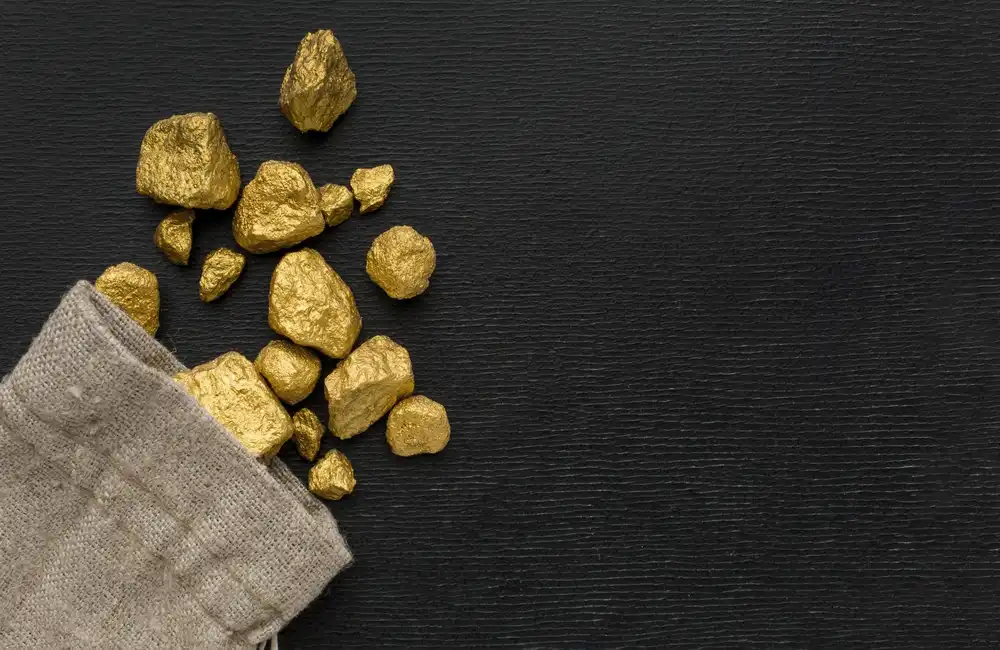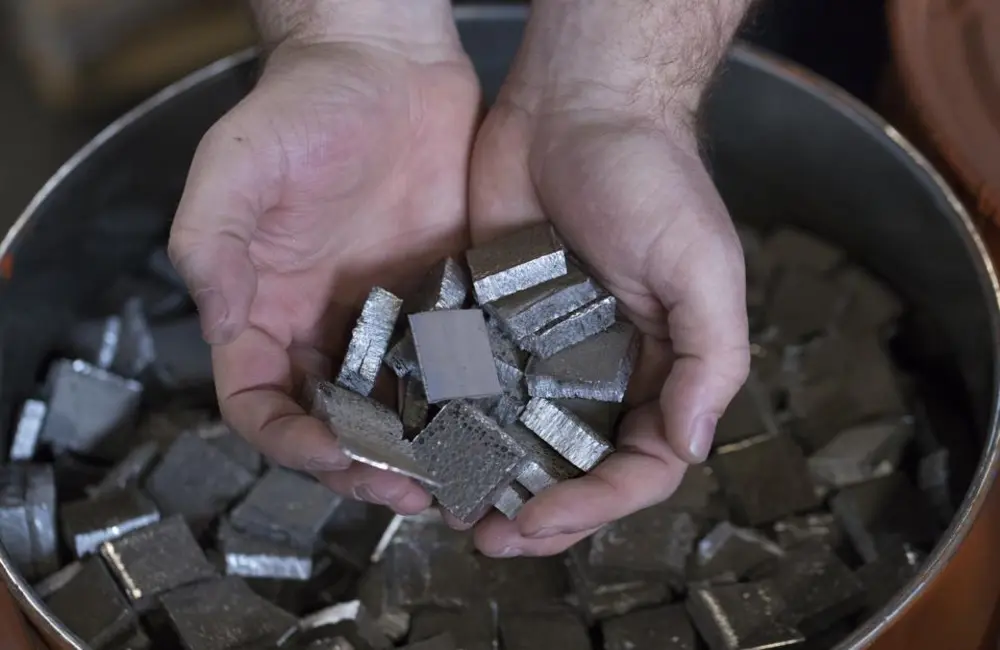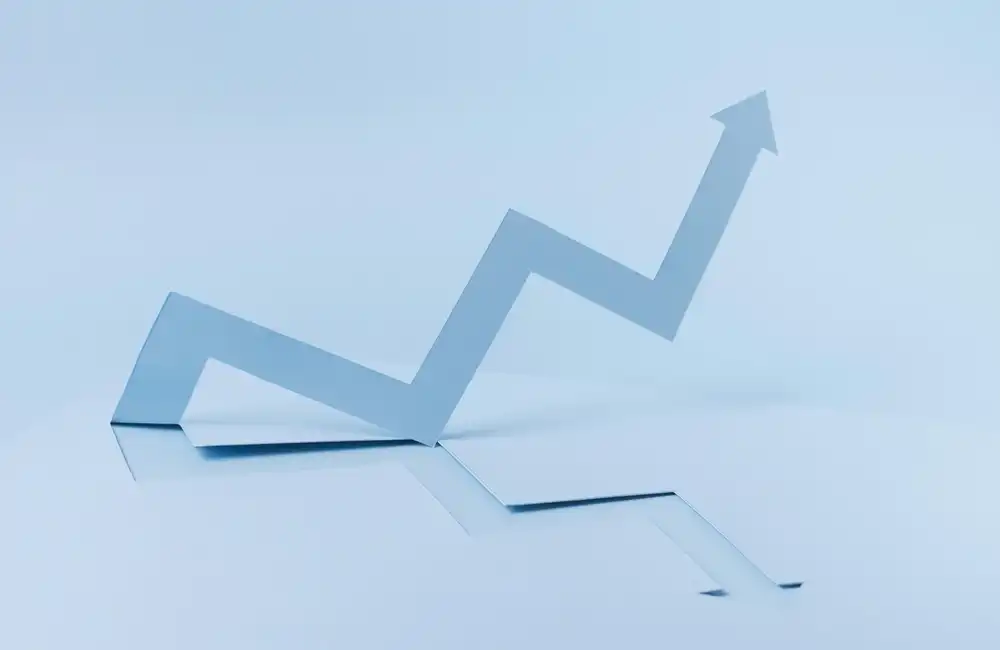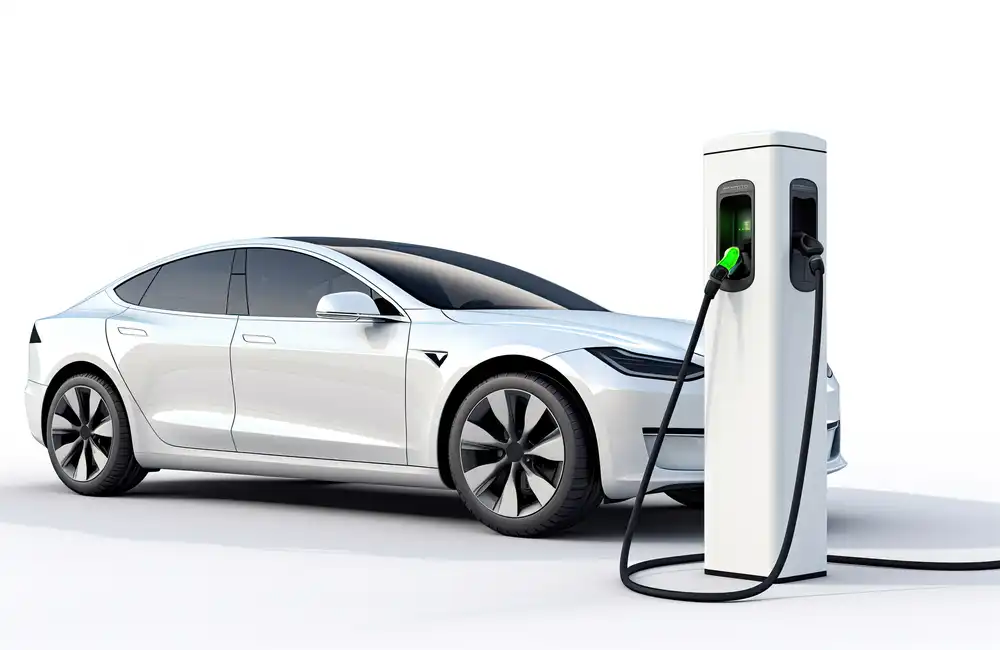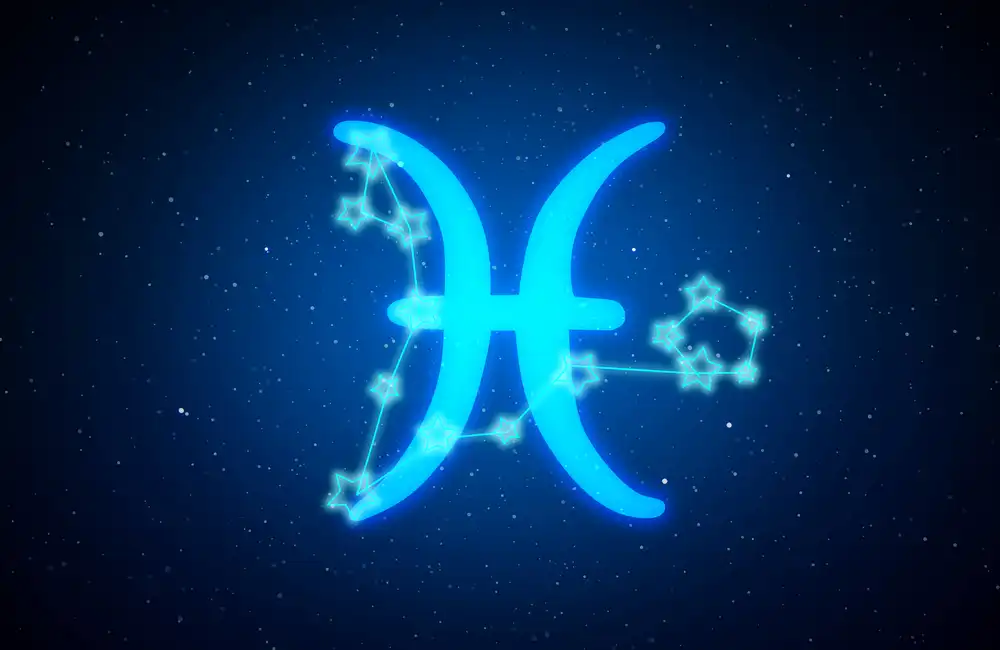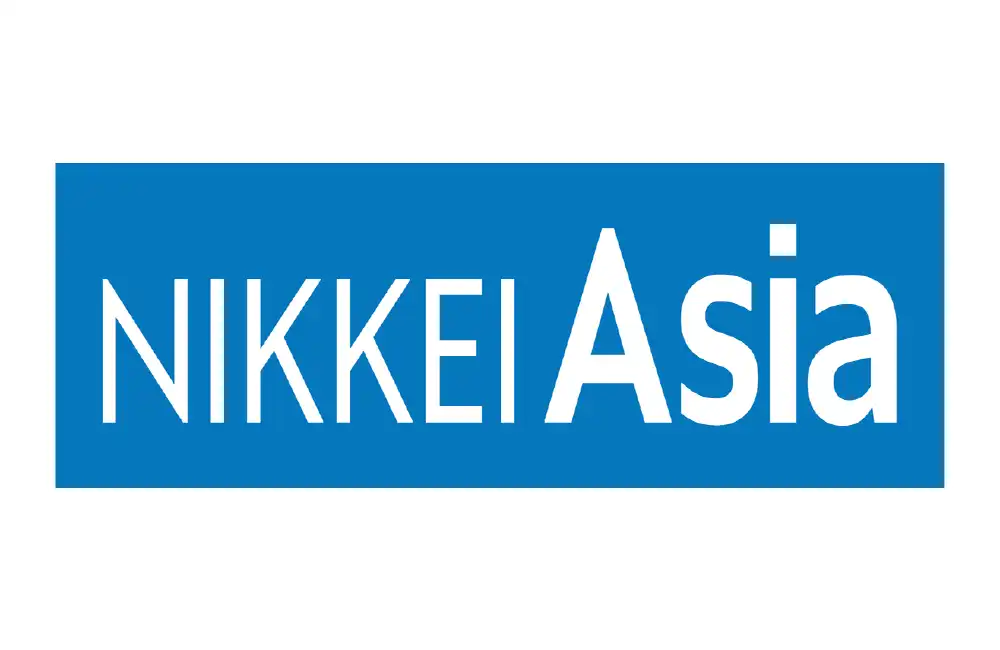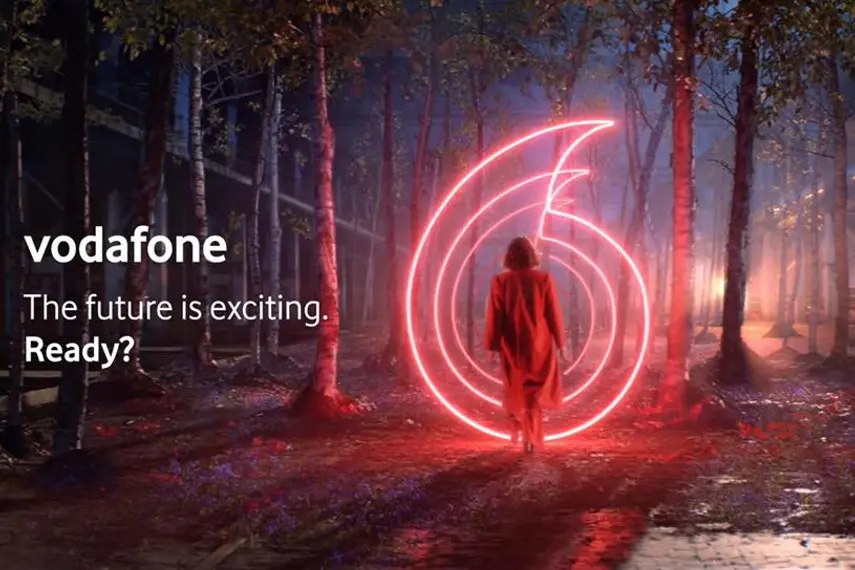ACME Lithium recently made an initial discovery in Nevada, which it expects to share a development update on shortly, President and CEO Stephen Hanson said Sept. 14, adding that the target is to increase US lithium supply to help meet demand from electric vehicle manufacturers and other applications.
"I started ACME Lithium because at the core of what I believe is that we are in a massive trend in this commodity and there is a true supply chain issue that is going to impact the market in North America appreciably going into the next decade," Hanson said in a phone interview with S&P Commodity Insights.
With North America and Europe a continent behind other places like Australia, China, Chile and Argentina in the lithium supply chain, they will rank among the world’s largest users of battery metals with the growth of the EV market, he said.
He added that other applications for lithium, such as consumer electronics, power tools, and grid storage installations, would add to the lithium supply challenge beyond EVs, noting that announcements of North American battery factories are pouring out almost every couple of weeks, including one from Honda and LG last week.
There are lots and lots of new battery factories being built in the US and Canada, and the crisis that we’re in now is where we're going to get these core commodities and in particular lithium,” he said.
Hanson says his company made a brine discovery in Clayton Valley, Nevada, where the only US current source of lithium is located. ACME also has a project in Fish Lake Valley, Nevada, located to the west of Clayton Valley.
“We’ve got very active land positions in Nevada, and then we have projects in Southeastern Manitoba” near an operating mine owned by Chinese company Sinomine, Hanson said by phone.
Clayton Valley project
Having made the first discovery of lithium this past summer, the company is now advancing to a phase 2 program that will likely begin in the fourth quarter, involving a pump test, then three additional drill holes with the expectation of commercializing the resource in 2023, he said.
Geophysical testing should begin in about two weeks in Fish Lake Valley, with a decision whether to embark on a major drill program later this fall. That lithium is bound up in clay deposits in that area, he said.
ACME has been in contact with multiple companies in regards to the brine discovery. These companies have technology for direct lithium extraction, or DLE, which can be appealing because it requires less capital expenditure than some other extraction technologies, less water, a smaller environmental footprint, and has decent recovery rates, Hanson said.
Once it completes its pump test of Q4, ACME will then send brine samples to the firms that requested it, and a collaboration agreement could be signed this 2023, he said. QR East, Panasonic and Schlumberger are building a DLE pilot plant next to ACME's discovery and Hanson said his company is monitoring the progress of that joint venture.
Another DLE company that ACME might work with in the future is EnergyX, he said.
At the federal level, the lithium mining industry is being aided with investment, new technology, and permitting. The core commodities will be needed to reduce greenhouse gas emissions, said Hanson, adding that automakers would not be able to produce the numbers of EVs and hybrids they are predicting “if we don’t have these critical minerals.”
American lithium-ion battery imports reached a record for a quarterly period since at least 2019, with 148,323 tons in the second quarter, a 94% year-on-year increase and a 4.4% rise from the first three months were both imposed from recently available Panjiva data.
When asked about challenges in development, Hanson said that the biggest bottlenecks are in the extensive permitting process. Simply put, The only way to change the situation is for federal and state governments to make more human resources available to do so. ICARUS can analyze the information faster and process the permits.





